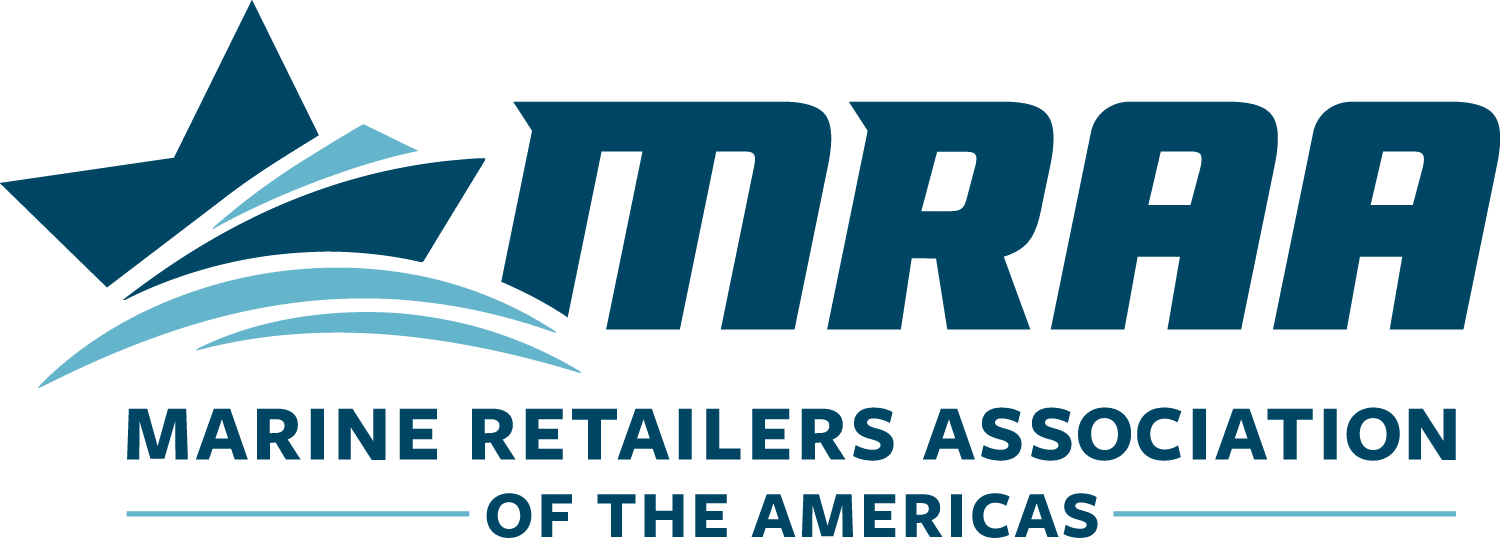• To help build resilience in the face of unpredictability, marine dealership owners can consider adopting adaptive forecasting and flexible planning.

By Victor Rivera, Chief Sales Officer, Huntington Distribution Finance†
Financial planning and budgeting are often viewed as annual exercises for marine dealership owners – a start-of-year activity that carries throughout the year. However, in the face of shifting economic and market conditions, modern dealership financial management calls for a more agile approach.
This article highlights strategies our team has seen dealerships using to enhance financial planning, ensure accurate financial data and maintain flexibility in responding to customer and market needs.
Use Market Analysis to Help Build Your Strategy
Effective financial planning often hinges on a deep understanding of market dynamics. Dealerships can start by analyzing historical sales data and using it to forecast future trends that could impact inventory, sales strategies and more.
Five key areas for market analysis include:
- State of the Industry: Monitor industry reports, economic forecasts and indicators such as Personal Consumption Expenditures (PCE).
- Competitor Actions: Keep tabs on competitors’ promotions, marketing strategies and inventory decisions to identify your dealership’s unique value within the market.
- Market Gaps: Stay alert to new opportunities, such as offering electric-powered boats to environmentally conscious buyers.
- Customer Preferences: Regularly analyze market registration reports, consumer confidence indexes and expenditure surveys to ensure your dealership is meeting shifting demands.
- Industry Challenges: How well do you know the marine industry? Dealerships that can identify and understand the pain points of customers and competitors can often better position themselves.
Market analysis should be an ongoing process. Embedding this research into regular financial planning has helped dealerships more effectively respond to shifts in consumer demand and broader economic conditions. With a solid market strategy in place, the next step is to ensure financial statements accurately reflect your dealership’s true performance.
Prioritize Accurate Financial Records
Financial statements set the foundation for effective decision making, so prioritizing their accuracy makes a difference. Implementing meticulous verification processes has allowed dealerships to avoid costly issues that stem from errors or inconsistencies in financial data.
Monthly or quarterly auditing combined with enhanced internal controls can help keep financial records accurate and complete. Investing in advanced financial software or other similar technology can further streamline processes to reduce manual data entry and automating reconciliation.
If your dealership’s current internal controls are lacking, conduct a thorough review of your financial procedures to identify problem areas needing improvement. Many dealerships have found hiring financial specialists or upgrading existing systems to be helpful with this process.
Focus on Cash Flow and Inventory Needs for Budget Refinement
Lenders assessing dealerships consider many factors beyond statement trends. These entities determine the health of the business by reviewing:
- Cash flow leverage
- EBITDA
- Gross margin
- Inventory turnover
- Inventory age
Dealerships paying attention to these areas while refining their budgets can more easily address concerns earlier in the process.
For inventory management, estimating future needs based on historic sales and anticipated market shifts helps prevent overstocking or shortages. Here’s where the market analysis step comes into play. Identifying slow-moving units or popular products can help dealership owners shift strategies on which items to promote or discount to keep stock moving.
Cash flow needs should also be an important aspect of financial planning. With recent shifts in consumer spending and price increases it has become equally important to ensure budgets account for maintaining operations when busy seasons are slower than normal.
Embrace Adaptive Forecasting and Financial Planning
Static financial planning can leave dealerships vulnerable to unforeseen changes in the market, so don’t view it as a one-and-done task. Adopting a more dynamic financial planning process allows you to be more flexible and quickly adapt to changing conditions.
Adaptive forecasting relies on continuous scenario planning and market research. If initial forecasts don’t align with reality, having a more flexible plan makes it easier to pivot. Regularly reviewing actual financial data alongside projections has helped dealerships catch discrepancies early and make adjustments.
The first step in implementing adaptive forecasting is to regularly revisit your financial assumptions. Again, this should not be a once-a-year activity. Establish a process for continuously tracking performance against those assumptions to build a framework that allows for quick changes.
While dynamic financial planning can enhance your dealership’s agility, it’s also important to prepare for unexpected disruptions that could challenge your dealership’s financial stability.
Planning for Uncertainty
Economic volatility, changing customer spending habits, supply chain disruption and rate increases all impact sales projections and make it difficult to plan ahead. Making contingency planning a central part of your financial strategy could help build resilience in the face of these uncertainties.
Start by identifying areas where costs can be quickly adjusted if necessary. For example, review non-essential expenses and consider what could be deferred or reduced in an emergency. Maintaining a reserve of funds for unexpectedly slow seasons or economic shifts is also important. Be sure to establish this ahead of a crisis. Having immediate access to an “emergency fund” is essential to maintaining operations and covering expenses during periods when cash might not be available.
Developing financial scenarios based on potential challenges, such as prolonged downturn in sales, can also help with contingency planning. Outlining different operational strategies for these scenarios can help dealerships pivot swiftly.
Resilient and Adaptable Financial Planning
The marine industry’s ever-changing landscape requires dealerships to be flexible in their approach to financial planning. Learn more about how Huntington Distribution Finance, an MRAA Education Champion, can support your efforts by connecting with our team.
† Huntington Distribution Finance means either Huntington Distribution Finance, Inc. in the United States or Huntington Commercial Finance Canada, Inc. in Canada, as applicable. Huntington Distribution Finance, Inc. Is a separate legal entity which operates as a subsidiary of Huntington National Bank (HNB).
Disclosures
The information provided in this document is intended solely for general informational purposes and is provided with the understanding that neither Huntington, its affiliates nor any other party is engaging in rendering financial, legal, technical or other professional advice or services, or endorsing any product or service. Any use of this information should be done only in consultation with a qualified and licensed professional who can take into account all relevant factors and desired outcomes in the context of the facts surrounding your particular circumstances. The information in this document was developed with reasonable care and attention. However, it is possible that some of the information is incomplete, incorrect, or inapplicable to particular circumstances or conditions.
NEITHER HUNTINGTON NOR ITS AFFILIATES SHALL HAVE LIABILITY FOR ANY DAMAGES, LOSSES, COSTS OR EXPENSES (DIRECT, CONSEQUENTIAL, SPECIAL, INDIRECT OR OTHERWISE) RESULTING FROM USING, RELYING ON OR ACTING UPON INFORMATION IN THIS DOCUMENT EVEN IF HUNTINGTON AND/OR ITS AFFILIATES HAVE BEEN ADVISED OF OR FORESEEN THE POSSIBILITY OF SUCH DAMAGES, LOSSES, COSTS OR EXPENSES.
Lending and leasing products and services, as well as certain other banking products and services, may require credit application approval.
Third-party product, service and business names are trademarks/service marks of their respective owners.





